2015 China
12 April,
Beijing
Shindom Inn 199CNY
Charl’s
earliest recollection of the Great Wall is the yellow pencils of his childhood that
were stamped with the words “Great Wall” and “Made in China”. Today he got to
see the real deal at Badaling 70km north of Beijing.
History.com:
“Though the beginning of the Great Wall of China can be traced to the third
century B.C., many of the fortifications included in the wall date from
hundreds of years earlier, when China was divided into a number of individual
kingdoms during the so-called Warring States Period. Around 220 B.C., Qin Shi
Huang, the first emperor of a unified China, ordered that earlier
fortifications between states be removed and a number of existing walls along
the northern border be joined into a single system that would extend for more
than 10,000 li (a li is about one-third of a mile) and protect China against
attacks from the north ... the labor force that built the wall was made up
largely of soldiers and convicts. It is said that as many as 400,000 people
died during the wall's construction; many of these workers were buried within
the wall itself ... the Great Wall of China actually consists of numerous walls
and fortifications, many running parallel to each other ... the wall is one of
the most extensive construction projects ever completed. The best-known and
best-preserved section of the Great Wall was built in the 14th through 17th
centuries A.D., during the Ming dynasty (1368-1644). Though the Great Wall
never effectively prevented invaders from entering China, it came to function
more as a psychological barrier between Chinese civilization and the world, and
remains a powerful symbol of the country’s enduring strength ... Construction
of the “Wan Li Chang Cheng,” or 10,000-Li-Long Wall, was one of the most
ambitious building projects ever undertaken by any civilization ... Made mostly
of earth and stone, the wall stretched from the China Sea port of Shanhaiguan
over 3,000 miles west into Gansu province. In some strategic areas, sections of
the wall overlapped for maximum security (including the Badaling stretch, north
of Beijing, that was later restored by the Ming dynasty). From a base of 15 to
50 feet, the Great Wall rose some 15-30 feet high and was topped by ramparts 12
feet or higher; guard towers were distributed at intervals along it ... Today,
the Great Wall is generally recognized as one of the most impressive
architectural feats in history. In 1987, UNESCO designated the Great Wall a
World Heritage site, and a popular claim that emerged in the 20th century holds
that it is the only manmade structure that is visible from the moon. Over the
years, roadways have been cut through the wall in various points, and many
sections have deteriorated after centuries of neglect. The best-known section
of the Great Wall of China–Badaling, located 43 miles (70 km) northwest of
Beijing–was rebuilt in the late 1950s, and attracts thousands of national and
foreign tourists every day.”
Badaling
has been visited by over 150 million tourists since it opened in 1957 and over
400 “state and government leaders”. From the entrance, the wall runs south and
north. We chose to walk the southern, less crowded section. Such an amazing
experience...
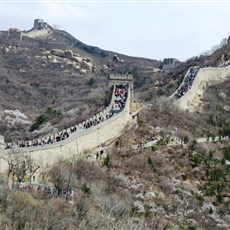
Badaling Great Wall
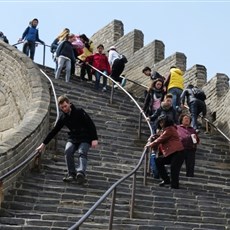
Badaling Great Wall
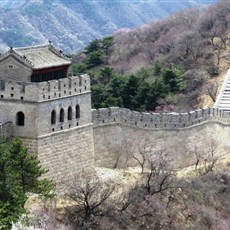
Badaling Great Wall
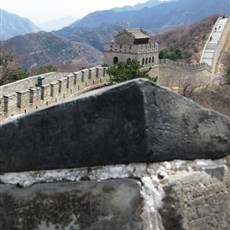
Badaling Great Wall
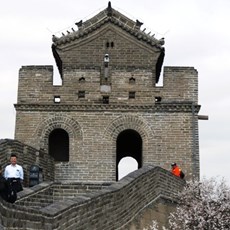
Badaling Great Wall
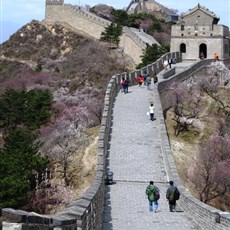
Badaling Great Wall
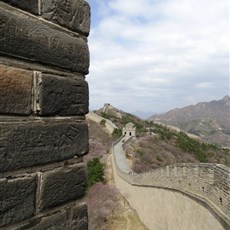
Badaling Great Wall
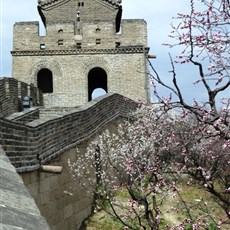
Badaling Great Wall
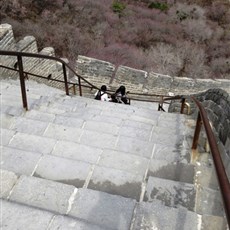
Badaling Great Wall
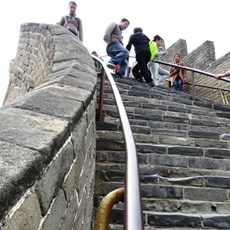
Badaling Great Wall